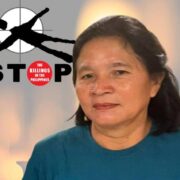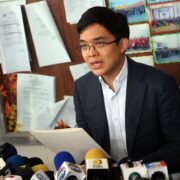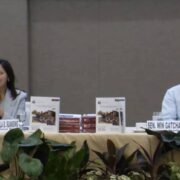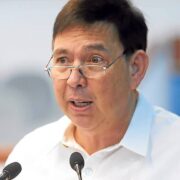Don’t delay clean energy plan
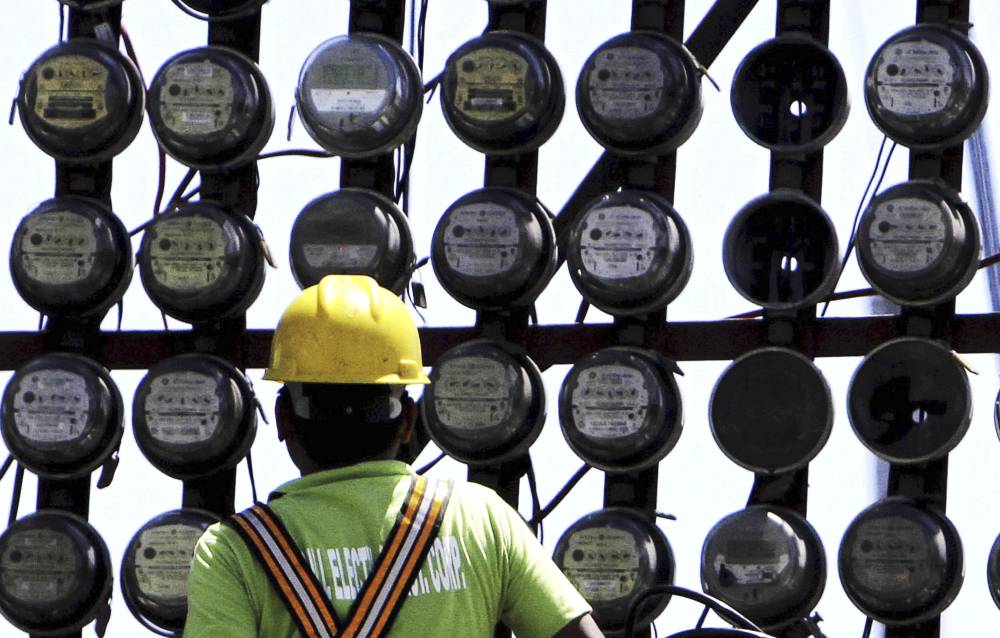
High electric bills, barely enough potable water, and perennial flooding are gut issues that ordinary Filipinos have grappled with for years. It is therefore very opportune that the government, as President Marcos said in a social media post, decided to push for “critical infrastructure that will lower electricity rates, ensure a reliable water supply, and enhance flood protection.”
The decision came during a recent meeting the President had with the Private Sector Advisory Council (PSAC), composed of key business leaders, which he formed in July 2022 to advise the government on issues in key economic sectors.
Given the uncoordinated actions among the different government agencies in tackling these three problems, PSAC has proposed that priority be given to addressing the issues simultaneously.
The council’s Infrastructure Sector Group (ISG) presented to Mr. Marcos data showing that the Department of Public Works and Highways (DPWH) is prioritizing and implementing flood control projects, particularly along the 88 rivers identified by the Department of Environment and Natural Resources (DENR). The ISG backed the DENR recommendation for DPWH to instead use the 88 rivers for multi-use: flood control mitigation, additional water supply, and hydropower generation.
Clean power
This will have a tremendous impact on water security and mitigating flooding. For the energy sector, the PSAC has recommended that the government review and reevaluate the current energy master plan, which focuses on energy security and the shift to clean power sources. The council pointed out that priority should instead be given to making electricity prices cheaper, with self-sufficiency as a supporting strategy.
In focusing on lowering electricity prices, however, the government must not lose sight of one critical issue—the importance of sustainability and the country’s international commitment to increasing the share of renewable energy in the power mix. While it may be easier and cheaper to put up more power plants running on coal or fuel oil, their unwanted environmental impact is already well documented globally.
The desire to bring down electricity prices is imperative, but it should not come at the cost of destroying the environment. The government needs to stick to the existing Philippine Energy Plan 2023-2050, crafted by the DOE, which aims to ensure the availability of not only affordable and reliable energy but also clean power.
Central strategy
The case for prioritizing renewable energy sources as a central strategy is well explained by Energy undersecretary Rowena Guevara who noted that renewable sources such as solar and wind will become cost-effective over time, despite their initial high setup costs. She cited the experience with geothermal, which can run well for a hundred years.
While it was very expensive at the start, Guevera said prices sharply dropped after the first 20 years. The same is true for hydrothermal facilities, which at the start cost P10 to P13 a kiloWatt-hour, but after 20 years and the developers had paid the loans used to put up the facilities, the rate fell to P3 a kWh.
While critics will counter that consumers need lower electricity prices today, the government can actually lessen the waiting time for clean energy prices to go down. Providing more fiscal incentives and allowing cash-rich foreign investors easier entry into the sector, similar to what Vietnam did, will tremendously speed up and bring up the share of renewable sources in the country’s energy mix.
In the meantime, the government can provide bigger discounts to low-income consumers, particularly those who are marginalized or beneficiaries of the Pantawid Pamilyang Pilipino Program or the 4Ps.
Devastating typhoons
Given the government’s debt burden which has swelled to P15.69 trillion as of July this year, the Marcos administration is looking at the public-private partnership scheme.
However, this will come at a higher cost to consumers than if the government were to use official development assistance loans and grants from multilateral agencies as well as from traditional donor governments.
This is very timely as the Asian Development Bank last week launched a new lending program for the Philippines, where the country is expected to get $24 billion between 2024 and 2029. The World Bank is also crafting a new lending plan for the Philippines under its upcoming Country Partnership Framework 2025-2028. The government only needs to present the major renewable energy projects under the existing DOE plan to these agencies for early financing.
The Philippines cannot afford to delay any further its move toward more clean energy sources. The devastating typhoons that have become stronger and more frequent have been traced to climate change brought about in part by the world’s continued reliance on fossil fuels. Clean energy needs to be a pillar of the country’s energy program. This should not be postponed by the desire to lower electricity prices.



